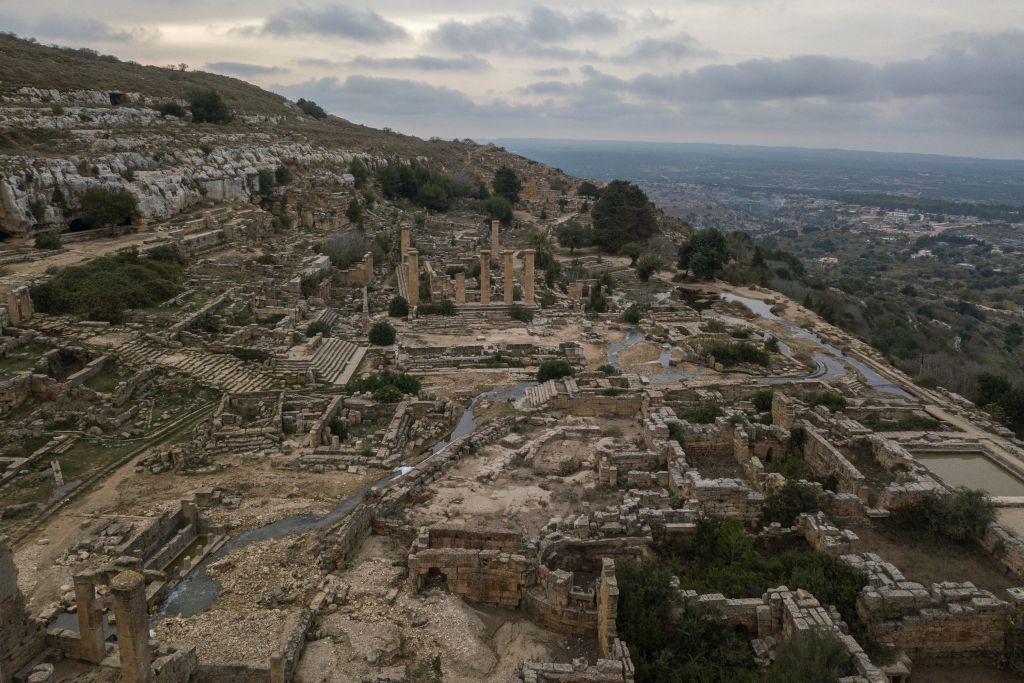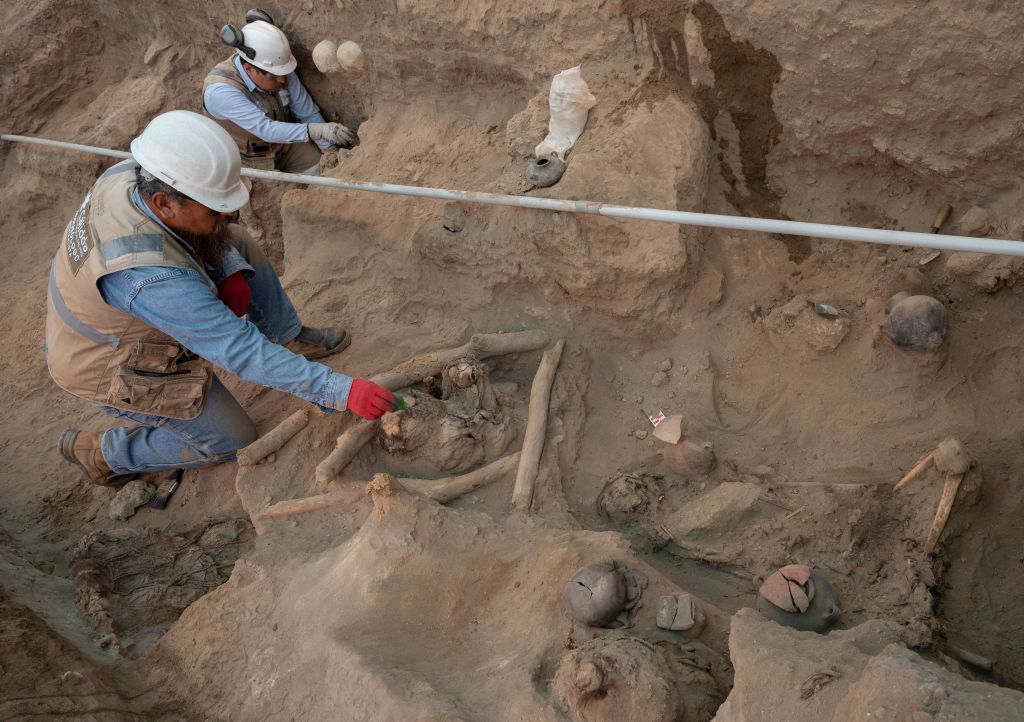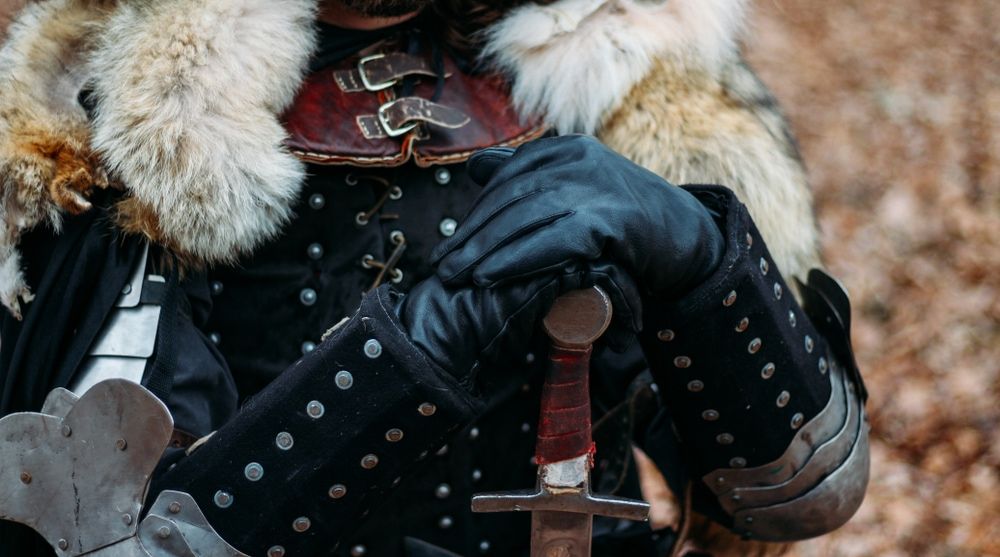The Mystery of the Warrior’s Grave: A Gender-Defying Discovery from Finland Shakes Up History

**In 1968, archaeologists unearthed a grave in Finland that would change everything we thought we knew about ancient gender roles.**

Buried in Suontaka Vesitorninmäki, Hattula, the grave was initially thought to belong to a powerful warrior—perhaps even a female one.

Fast-forward to today, and a new study has unveiled shocking details that have experts rethinking gender identity in the Iron Age and Medieval periods.

This grave, which held more than just bones, challenges our understanding of ancient societies, suggesting that some people may have defied the binary gender roles we so often assume were set in stone.

What makes this discovery so controversial? The body inside the grave was buried with a sword—a weapon typically associated with men—yet also adorned with jewelry and clothing characteristic of women at the time.

In a 2021 study published in the *European Journal of Archaeology*, researchers dropped a bombshell: This individual wasn’t just a warrior, but someone whose gender may have been far more complex than we imagined.

Could this be proof of an ancient, non-binary person—or perhaps a powerful female warrior whose identity was far ahead of its time?

For decades, historians debated the identity of the individual in the grave. Was this a double burial—a man and a woman placed together? Or was it the final resting place of a female warrior who defied gender norms in the Late Iron Age?

Well, the new research has finally put those questions to bed. The grave, it turns out, contained only one person—and the findings are nothing short of groundbreaking.

“The individual was buried with items that would have been traditionally considered feminine,” explains Ulla Moilanen, a doctoral candidate in archaeology at the University of Turku.

“However, they also had a sword placed on their left hip, a symbol of masculinity during the era.”

But here’s the real twist: DNA analysis suggests that the warrior may have had *Klinefelter syndrome*, a condition where an individual is born with an extra X chromosome, making them XXY instead of the typical XY male or XX female.

Could this person have lived as someone whose gender identity didn’t conform to the strict male-female divide we so often assume existed?

The evidence suggests so. Moilanen and her team argue that this individual may have been considered neither fully male nor fully female in their community.

The burial items—a mix of feminine clothing, jewelry, and weapons—imply that the person was not only accepted but *respected* and *valued* by those around them.

This find is more than just an archaeological puzzle. It’s a lens into how ancient societies may have viewed gender, far beyond the binary framework we are accustomed to today.

If this warrior indeed had Klinefelter syndrome, their social identity likely didn’t conform to our traditional categories.

“The characteristics of Klinefelter syndrome could have made this person appear different from others, but they were still an important member of society,” the researchers explain.

The lavish array of burial items—typically reserved for the powerful or elite—suggests that this individual was not only accepted but perhaps even celebrated for their uniqueness.

Imagine what that might mean: a society where a person who didn’t fit into the typical gender categories could still rise to prominence and be valued for their abilities and worth.

It’s a stark contrast to modern assumptions about rigid gender roles, and it opens up a fascinating glimpse into the fluidity of ancient social structures.

But what does this discovery say about the broader Iron Age and Medieval periods? Could there have been more individuals like this, whose gender identity didn’t conform to societal expectations?

While we can’t know for sure, this groundbreaking find suggests that gender may not have been as rigid in the ancient world as we once thought.

And yet, this discovery is just the tip of the iceberg.

The warrior’s grave itself has been a topic of intense speculation since it was first unearthed in 1968. What was this person’s role in society? Why was their burial so unique?

In the decades since the initial excavation, theories have run wild—from the suggestion of a double burial to the idea that the person might have been an elite female warrior, an anomaly in a male-dominated age.

But the new research from the University of Turku, combining ancient DNA analysis with modern interpretations of burial customs, offers a more nuanced view.

This isn’t just a warrior with a sword—it’s an individual whose burial defies the gendered expectations of the time.

This person’s identity isn’t easily categorized. Their social and cultural roles weren’t determined by a binary notion of gender.

“This grave may be an example of a person whose social identity didn’t fit neatly into the male/female division,” Moilanen said, adding a layer of complexity to our understanding of ancient identities.

But why does it matter today?

This discovery challenges the traditional narrative of ancient societies as rigid, unchanging entities. It invites us to consider how gender and identity may have been understood differently in the past—and how those ideas evolved over time.

The warrior in Finland may not have been the only one of their kind. There may have been others who, for reasons we can’t fully understand, didn’t fit the molds we’re used to thinking about.

So what does this reveal about our own assumptions?

Could we be underestimating the complexity of identity in ancient times, just as we often oversimplify the diversity of gender today?

This find adds another layer to the ancient world—a world where people were not defined solely by their gender or the roles society expected them to play.

If this individual did have Klinefelter syndrome, it’s a sign that the ancient world may have been more accepting of diversity than we previously imagined.

And it’s a testament to the strength of those who defied the odds—whether they were female warriors or people whose gender identity was as fluid as the society they lived in.

The implications of this discovery are huge. It suggests that gender in the Iron Age may have been far more complex than we thought—and that those who didn’t fit the mold were still able to thrive.

As Ulla Moilanen put it, “This person’s grave is a reminder that not all identities fit neatly into a binary.”

The story of this warrior is more than just an archaeological find—it’s a story of defiance, strength, and acceptance that echoes through the centuries.

Whether they were male, female, or neither, the individual buried in Suontaka Vesitorninmäki was a respected figure in their community.

And maybe, just maybe, this discovery will force us to rethink how we view ancient history—and the complexities of identity that have always existed.

The warrior’s grave is now a key piece of the puzzle, challenging us to rethink gender in the past and the present.

It’s a powerful reminder that history isn’t always what we think it is—and sometimes, the most fascinating stories are the ones that don’t fit into any box.
